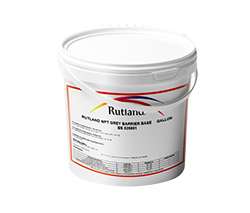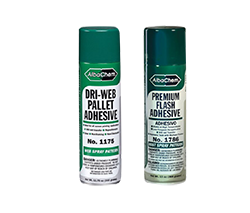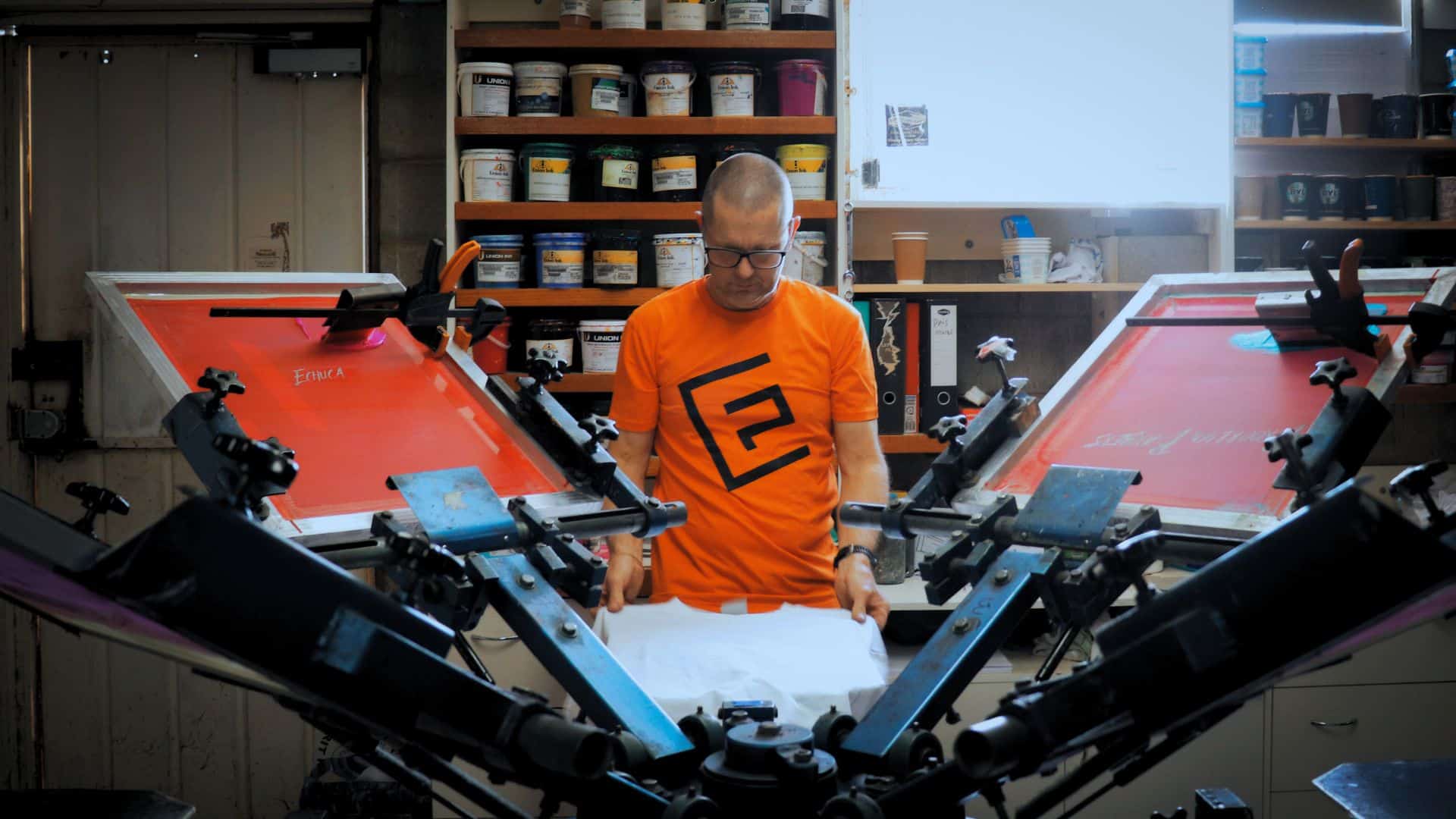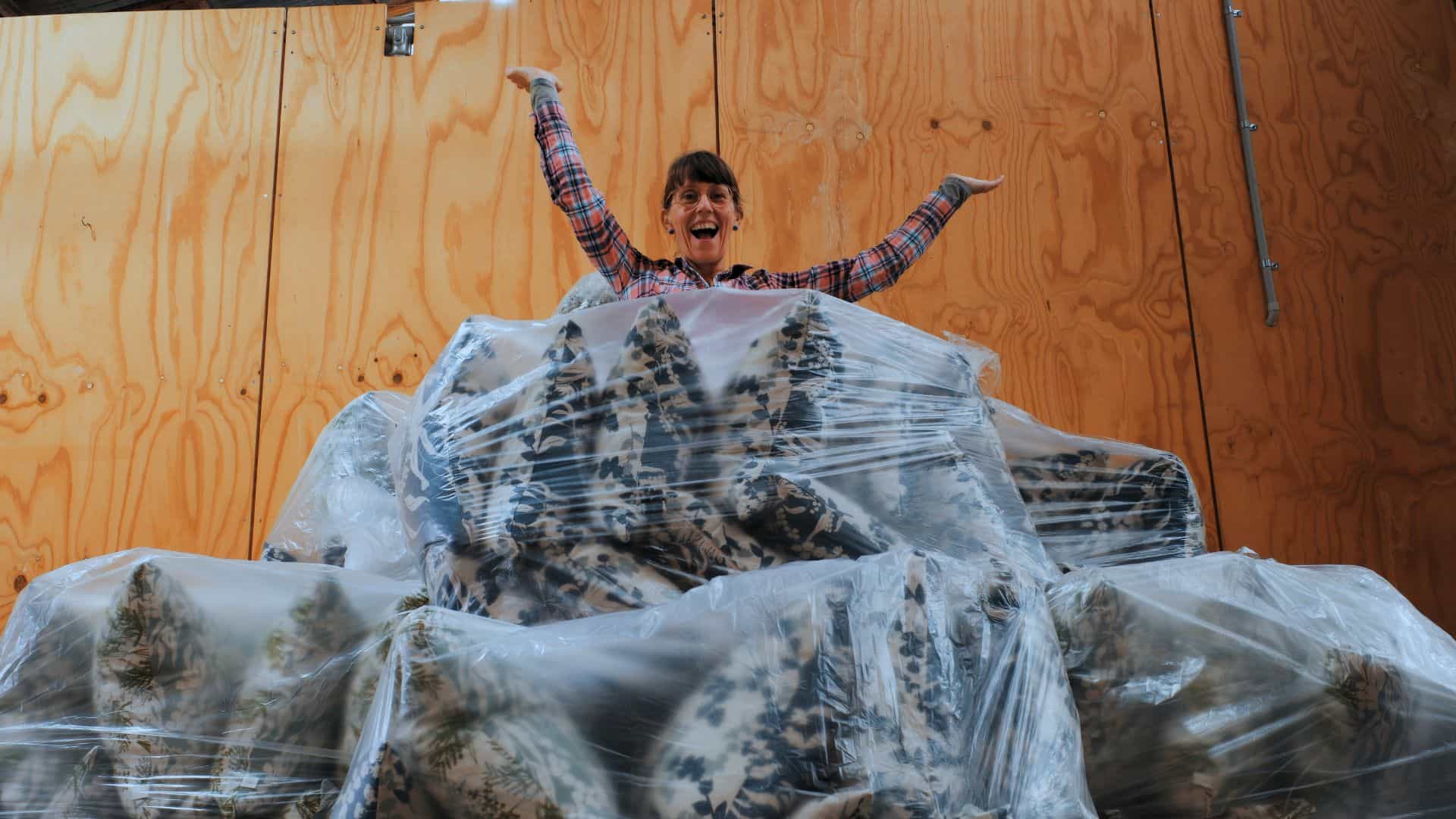The colder/winter months are here, which means hoodies and other fleece garments are going to be in high demand! There are a few things to consider before you start smashing out those hoodie/fleece orders.
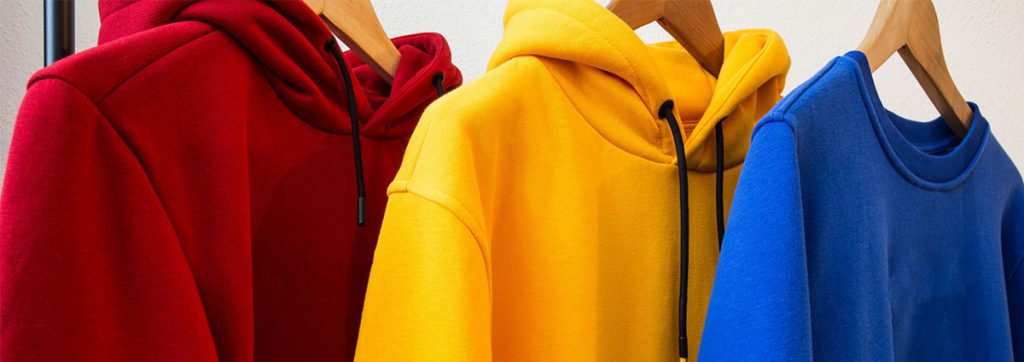
Hoodies and fleece are often blended fabrics of cotton and polyester. Whenever there is a blend involving polyester, you will be subject to possible dye migration during and after your curing process. Here are some tips, tricks, and products Matt (Managing Director and ink nerd) recommends you use, before taking on hoodie and fleece jobs.
What are key things to note before printing on to hoodies and other fleece garments?
The most important thing to note is the composition (aka. Blend) of the hoodie/fleece garment. Hoodies can come in a range of varying blends from different suppliers. Blends can come in a mix of:
- Cotton/poly – 80/20, 70/30, and 50/50 blend.
The blend will give you an indication to help you determine what the best ink to use is. A higher polyester ratio can increase the chances of dye migration during, and after your curing process, so will require an ink with more bleed resistance.

What’s the best way to test print on hoodies / fleece garments before going to production?
Always test with a traditional low bleed ink system that is straight off your shelf. If you have run your test and it shows dye migration issues, then you may need to look towards a barrier blocking base for further resistance or possibly to reducing the heat exposure to the garment where possible (by utilising a low cure ink system).
Dye migration is most observable in white and lighter coloured inks on cotton/polyester or 700% polyester garments.
Some signs of dye migration:
- Patches of the fabric dye in the ink.
- The ink is discoloured and no longer as white.
- The ink has completely taken on the dye and is now no longer white. Eg. White ink over a red garment has turned pink.
Dye migration can take time to occur. You may find that you won’t notice any dye migration after the garment has been cured, however it may appear a few hours or even a day later as the dye has migrated through the ink.
This can be a problem if you have not completed proper ink tests on your garment prior to the print run. This of your customer opening their order and calling to complain when they notice their white print is not white as requested!

Is there a difference in performance between plastisol and water-based inks on hoodies/fleece garments?
Providing both types of ink systems relative products are cured to the manufacturers specifications, both will perform as well as each other.
If anything, you may require an extra base screen with water based to make sure you get optimum opacity and production output.
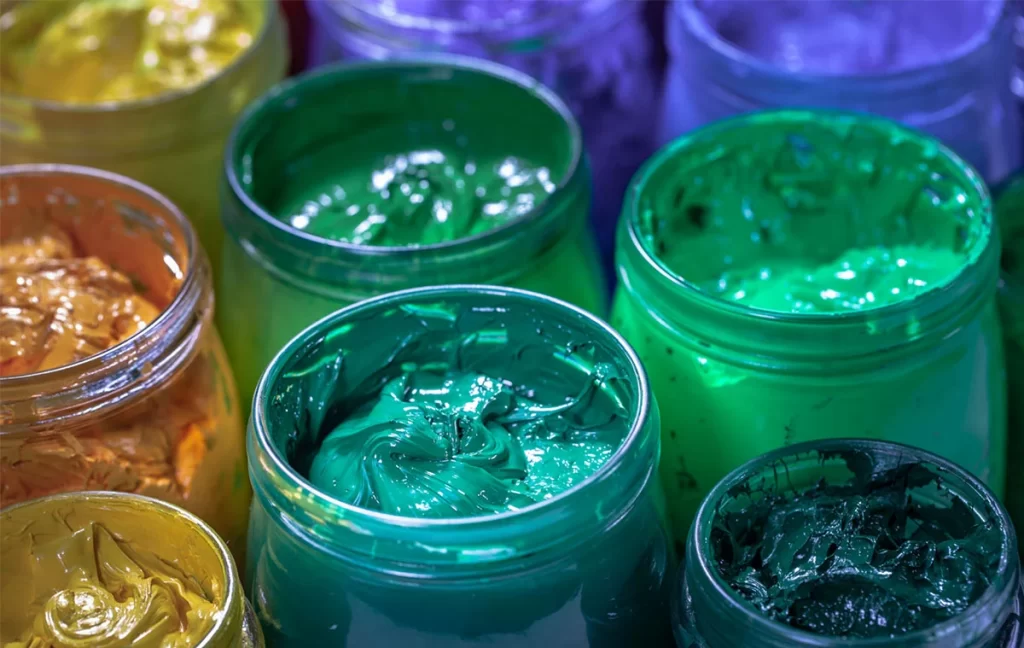
Best practices for print on hoodies/fleece garments
Tip 1: Keep your hoodies and fleece out of moist / damp environments, as they will wick moisture and could cause on press registration issues. If you are a plastisol printer, moisture in the garment may cause your ink to bubble.
Tip 2: Go through a testing process to test for migration, this can be very costly if you print and the dye bleeds through and the embellishment looks poor.
Tip 3: Use an adequate spray adhesive that doesn’t move the fabric or require too frequent application during production.
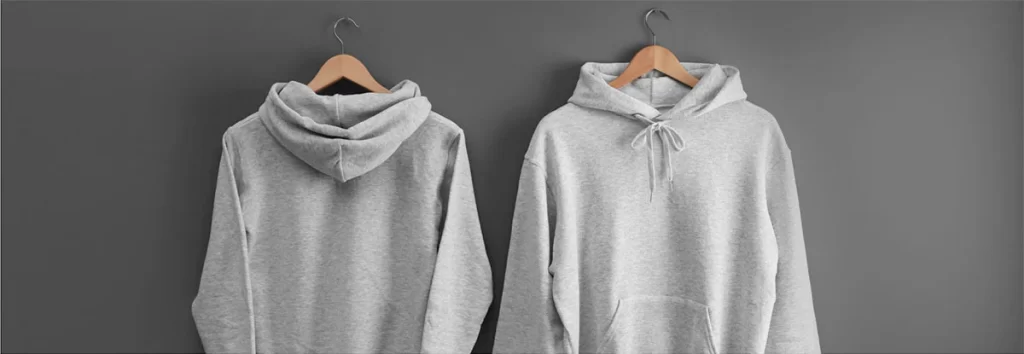
Printing on to hoodies & other fleece garments
Product Recommendations
